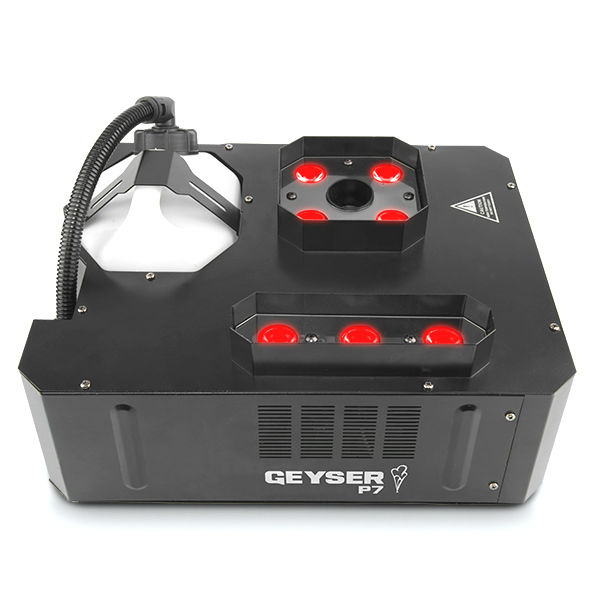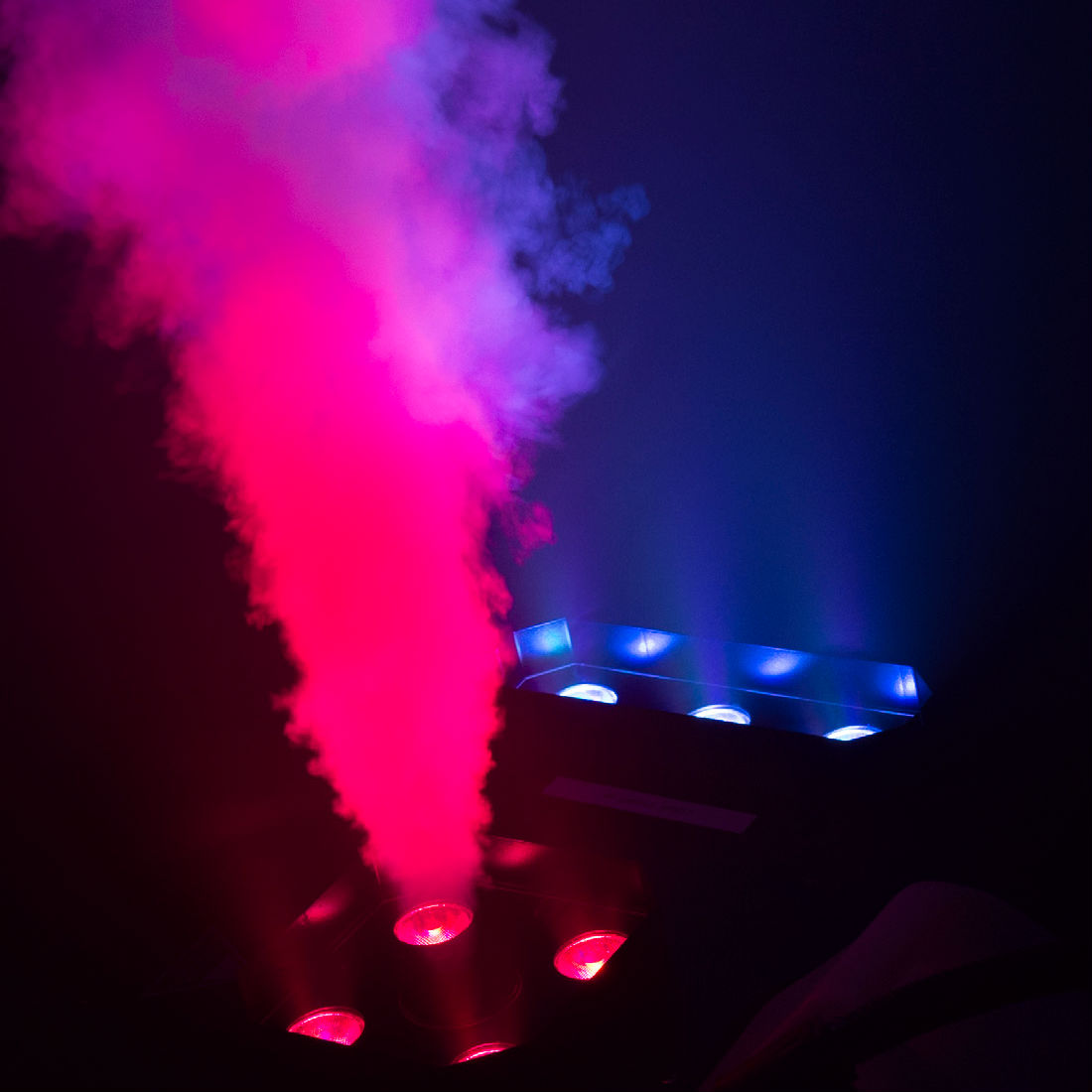Foggy Notions - Part 2: The Unique
For newcomers to lighting design, haze machines can seem quite confusing. Adding to this confusion is the fact that technicians, salespeople and others who should know better often use "smoke machine", "haze machine", and "fog machine" interchangeably. Let's take a look at how haze machines differ from their foggy counterparts on stage.
A fog machine heats a glycol/water-based fluid to create thick clouds of white fog. This fog rises into the air and usually disperses within a few minutes. Fog is a great effect for suggesting smoke, hiding an appearance or disappearance or in other situations where you need an opaque cloud on stage.
Most haze machines also heat a glycol/water-based fluid but, instead of shooting out thick clouds of opaque fog, the hazer produces a thin mist in the air. The haze spreads out to fill the air with an even mist, which lasts significantly longer than fog. While this haze can be seen by the audience - if they're looking for it - it is not opaque and doesn't obscure the action on stage from the audience.
So why use haze instead of fog? A haze machine is best used when you want to show off lighting, or make a lighting effect appear larger or more dramatic. The haze droplets that the hazer puts into the air are dispersed thinly enough to go unnoticed by the audience. Unnoticed, that is, until a beam of light shines through the haze and reflects off of them. You've probably seen a similar effect when sunlight shines through a window into a dusty room.
An example seems to be in order; here's one that goes nicely with the season. You're designing lighting for a Christmas pageant. During the pageant you want to highlight Mary, or one of the shepherds, or the baby Jesus - you get the idea. A PAR can colored with a deep amber gel will produce a nice, strong pool of light around said character. With haze in the air, however, the character will seem to be enveloped in a shaft of golden light. The PAR won't just light the actor, scenery and stage floor - it'll light the air itself. Similarly, if you're using moving lights in a production, a hazer can mean the difference between moving patterns on the stage or walls and dramatic beams of light dancing through the air.
The best way I've found to use a hazer in production is to have the haze in the air constantly, from the moment the audience enters. That way the haze is only detectable as part of the "atmosphere" inside the performance space. Depending on the size of your space, it's usually a good idea to start hazing about thirty minutes before the audience is set to arrive. Most hazers offer control over the amount of haze produced, and it's a good idea to run the machine on full power during the initial haze. Once a suitable amount of haze is in the air, the machine can either be set to run constantly at a lower volume, or at intervals during the performance. If DMX or analog control is being used for the lighting, the Unique hazer would allow you to build additional haze blasts into your lighting cues - perhaps pumping a little extra haze into the air prior to any effects that may need it. A hazer can be a really powerful tool for adding the right atmosphere to your production. The Unique gives you total haze control, allowing you to make your show the best it can possibly be.
*********************************************
Theatre Effects Customer Service Department
service@theatrefx.com
www.theatrefx.com
Theatre Effects, 1810 Airport Exchange Blvd. #400, Erlanger, KY 41018
Phone: 1-800-791-7646 or 513-772-7646 Fax: 513-772-3579









